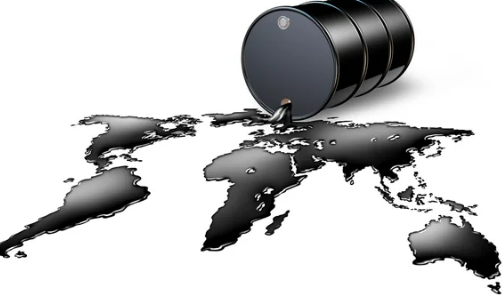
Skylar Williams
Jan 30, 2023 11:36

The Pakistani Ministry of Finance said on Sunday that gasoline and diesel prices will increase by 35 rupees ($0.1400) per liter as a result of the country's currency value plummeting this week following the removal of price restrictions.
The decision was made days before a mission from the International Monetary Fund would visit Pakistan at the end of the month to discuss the ninth review of the country's current funding program, which has been frozen.
The Pakistani rupee lost close to 12 percent of its value last week after the elimination of government-imposed price controls opposed by the IMF.
Finance Minister Ishaq Dar stated at a press conference on Sunday that he hoped the announcement would eliminate social media rumors of a larger price increase or a shortage of gasoline. According to him, the increase was proposed by oil and gas officials due to the increased cost of purchasing energy on the international market.
"We would have to take into account the increase in international oil costs and the devaluation of the rupee," he said.
According to the oil and gas regulatory authorities, there have been complaints of artificial shortages and fuel stockpiling in anticipation of price increases; therefore, this price increase is being implemented immediately to address this.
The day before, witnesses told Reuters that some gas stations had lengthy lineups as residents filled their tanks in anticipation of a price increase.
Pakistan is experiencing a balance of payments problem, and the falling value of the Pakistani rupee would increase the cost of imported commodities. Energy accounts for a significant portion of Pakistan's import costs.
A successful IMF visit is crucial for Pakistan, which is facing an increasingly severe balance of payments problem and is keen to get external finance, since its foreign exchange reserves cover fewer than three weeks of imports.

Jan 30, 2023 11:30
